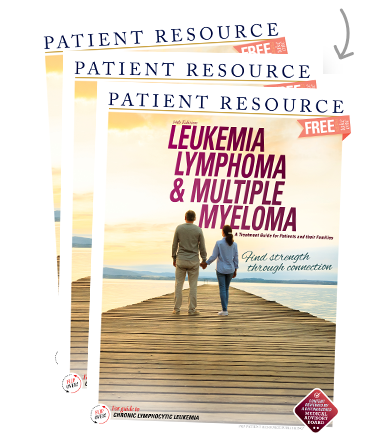Lymphoma
Classifying and Staging Lymphoma
The following systems are used to classify and stage lymphoma, and other tools are available to assess the potential outcome for a certain type of lymphoma.
Lugano classification system. Most doctors stage Hodgkin lymphomas and NHLs using this system. It assigns the lymphoma a stage of I, II, III or IV — with or without other factors (see Table 1). These stages can be divided into two groups: limited stage (Stage I or II) and advanced stage (Stage III or IV). A higher stage number means the cancer is more advanced.
World Health Organization (WHO) classification system. This is a newer system used to classify types of NHL. It groups lymphomas based on the following:
- The type of white blood cell where the lymphoma starts
- How the cancer cells look under a microscope
- The chromosome features of the lymphoma cells
- The presence of certain proteins on the surface of the cancer cells
International Prognostic Index (IPI). Some doctors also use the IPI to help predict whether the disease will recur and the overall survival. The IPI assigns one point for each of these risk factors:
- Age 60 or older
- Inability to perform normal activities
- Late-stage disease (Stage III or IV)
- Two or more extranodal sites (areas outside the lymph system) affected
- High level of lactate dehydrogenase (LDH), which may be a sign of tissue damage, lymphoma or another disease
The overall IPI score is the total number of points assigned to a patient. The lower the score, the better the prognosis, meaning the outcome from treatment is more likely to be promising.
Table 1. Lugano Classification For Hodgkin and Non-Hodgkin Lymphoma
| Stage | Description |
| Limited Stage | |
| Stage I | Involvement of a single lymphatic site (i.e., nodal region, Waldeyer’s ring, thymus or spleen). |
| Stage IE | Single extralymphatic* site in the absence of nodal involvement (rare in Hodgkin lymphoma). |
| Stage II | Involvement of two or more lymph node regions on the same side of the diaphragm. |
| Stage IIE | Contiguous (touching or near) extralymphatic* extension from a nodal site with or without involvement of other lymph node regions on the same side of the diaphragm. |
| Stage II bulky** | Stage II with disease bulk. (Bulk is defined as a mass greater than one third of the thoracic diameter on CT of the chest or a mass more than 10 cm.) |
| Advanced Stage | |
| Stage III | Involvement of lymph node regions on both sides of the diaphragm; nodes above the diaphragm with spleen involvement. |
| Stage IV | Diffuse or disseminated involvement of one or more extralymphatic* organs, with or without associated lymph node involvement; or noncontiguous (not touching or near) extralymphatic organ involvement in conjunction with nodal Stage II disease or any extralymphatic organ involvement in nodal Stage III disease. Stage IV includes any involvement of the CSF (cerebrospinal fluid), bone marrow, liver or multiple lung lesions (other than by direct extension in Stage IIE disease). |



